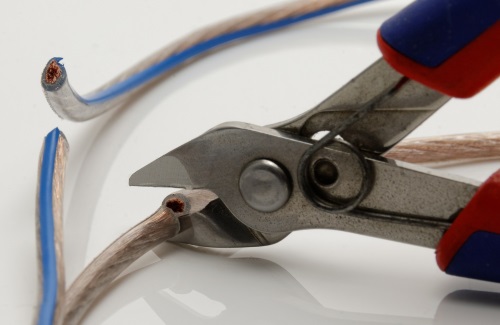We’re currently in-between touring seasons. Cables and snakes have been tested and repaired, wood painted, and cases treated to fresh new stenciling.
All racks have been repackaged to their standard configurations, trucks subjected to annual maintenance, and warehouse floor swept – twice. Aside from a stray show here and there, for many hire companies, things are pretty quiet.
Yes, these are the days that turn sound company owner and manager thoughts to Alternative Revenue Sources (ARS).
The contracting/install market is generally one of first potential ARS markets that come to mind. There’s that club downtown that wants to stop renting and buy a system. And one of the churches that use your rental stock and services for the Christian rock festival now needs a new loudspeaker cluster in its sanctuary.
Pretty simple stuff, if you leave it at that. But if you intend to be more than an incidental contractor, there are a whole lot of issues that must be addressed.
Hold On A Minute
First, understand the not-so-small reality of licensing. Most states in the U.S. require some form of license and bonding to qualify for work in the permanent install business.
In many states, this entails having someone on staff with an Electrical Administrator ticket. To earn this, one must pass a test on the National Electrical Code (NEC).
You do know the NEC, don’t you? That’s the rather large book containing the rules for installed electrical systems in the U.S.
But not quite all the rules. There are also state codes, and sometimes, local ordinances as well, administered by the AHJ, Authorities Having Jurisdiction. (Ah, how boring life would be without bureaucrats and acronyms…)
These additional rules and standards cover things like proper grounding techniques, conduit fill limitations and proper wire types for specific uses (CL2, CL3, Plenum, Riser, Power Limited Tray Cable, Direct Burial, FPL, FPLP, etc., etc., etc.).
Any installation that does not conform can be “red tagged” by an electrical inspector, with the project required to meet compliance before the system can be turned on.
But chances of an inspection are virtually nil, you say? Well, unless an inspector happens to show up at the club to check the new refrigeration circuit while you’re installing the rack.
Or maybe an inspector attends that church where you’re putting in the new cluster. Or a licensed contractor who’s been trying to get the same work decides to place a call to the inspector when you get the job.















